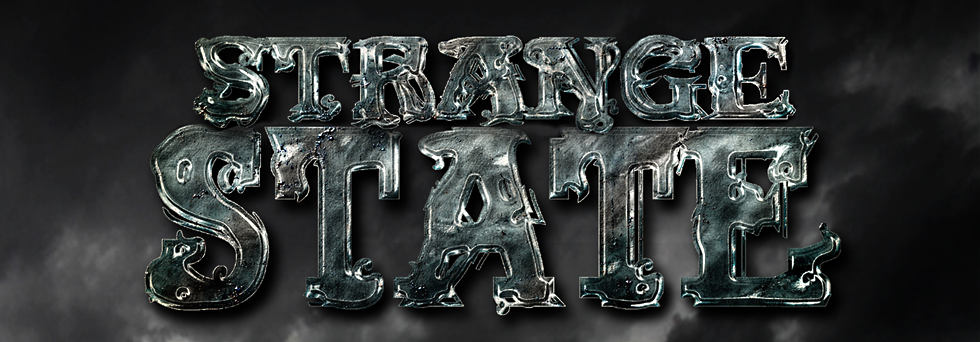 A bit about Death and the harvesting of souls...
Most all cultures personify the concept of death. To some, he (or she) is a friendly aide to the afterlife; to others, this is a being to be feared. Our own popular concept of death is likely an amalgamation of elements stemming from the many disparate cultures that have invariably influenced our own.
A bit about Death and the harvesting of souls...
Most all cultures personify the concept of death. To some, he (or she) is a friendly aide to the afterlife; to others, this is a being to be feared. Our own popular concept of death is likely an amalgamation of elements stemming from the many disparate cultures that have invariably influenced our own.
The following are a few examples of the more friendly aspects of those who help us shuffle of this 'mortal coil':
Psychopomps are beings--usually animals--tasked with delivering newly-harvested souls to the next realm. Crows, as carrion eaters, have been viewed as psychopomps in many different cultures for millenia.
Thanatos was the Greek god of death. A handsome and pleasant fellow by all acounts, Thanatos brandished wings and an extinguished flame as he led the deceased down to Hades and delivered them to Charon, the ferryman on the River Styx.
Valkyries are the sexy little secretaries of Odin, delivering messages and escorting slain warriors to Odin's great hall, Valhalla. Only the best warriors were chosen so that Odin would have a magnificent army when it came time for Ragnarok, a battle that would end the world.
Death's more popular visage has a more interesting, convoluted, and even controversial history. Our notion of the black-clad, scythe-wielding "Grim Reaper" came about during the Middle Ages, as Europe was ravaged by the Black Plague that killed more than 25 million people during the initial outbreaks. Death became reflected in artwork as a gaunt or skeletal figure brandishing some type of reaping implement, as if he were suddenly set upon the earth with the task of harvesting souls en masse.
Additionally, there are accounts (albeit, ones I am having trouble substantiating and might well be apocryphal*) that attest to beings in black that were sometimes spotted at the edges of plague-ravaged towns waving wands or 'scythes' that emitted a noxious gas. It is believed by some that this is how the death figure in a black cloak with a sickle came about. Still others--UFO proponents--cite this as an example of MIB's in antiquity.
*According to William Bramley, author of Gods of Eden: "In Brandenburg, Germany, there appeared fifteen men with "fearful faces and long scythes, with which they cut the oats, so that the swish could be heard at great distance, but the oats remained standing. The visit of these men was followed immediately by a severe outbreak of plague in Brandenburg. Were the 'scythes' long instruments designed to spray poison or germ-laden gases? "Strange men in black, demons, and other terrifying figures were observed in other European communities carrying 'brooms' or 'scythes' or 'swords' that were used to sweep or knock at people's doors. The inhabitants of these houses fell ill with plague afterwards. It is from these reports that people created the popular image of death as a skeleton, a demon, a man in a black robe carrying a scythe." Source(s): http://www.squidoo.com/origin_of_the_gri…
A note about the Plague: It was actually believed that foul miasmas were the cause and that if one inhaled something potent or pleasant, this "fresh air" would prevent their own demise. As a result, some took to wearing strongly scented herbs, including garlic. It may be from this tradition that garlic came to be associated with warding of vampires.

No comments:
Post a Comment